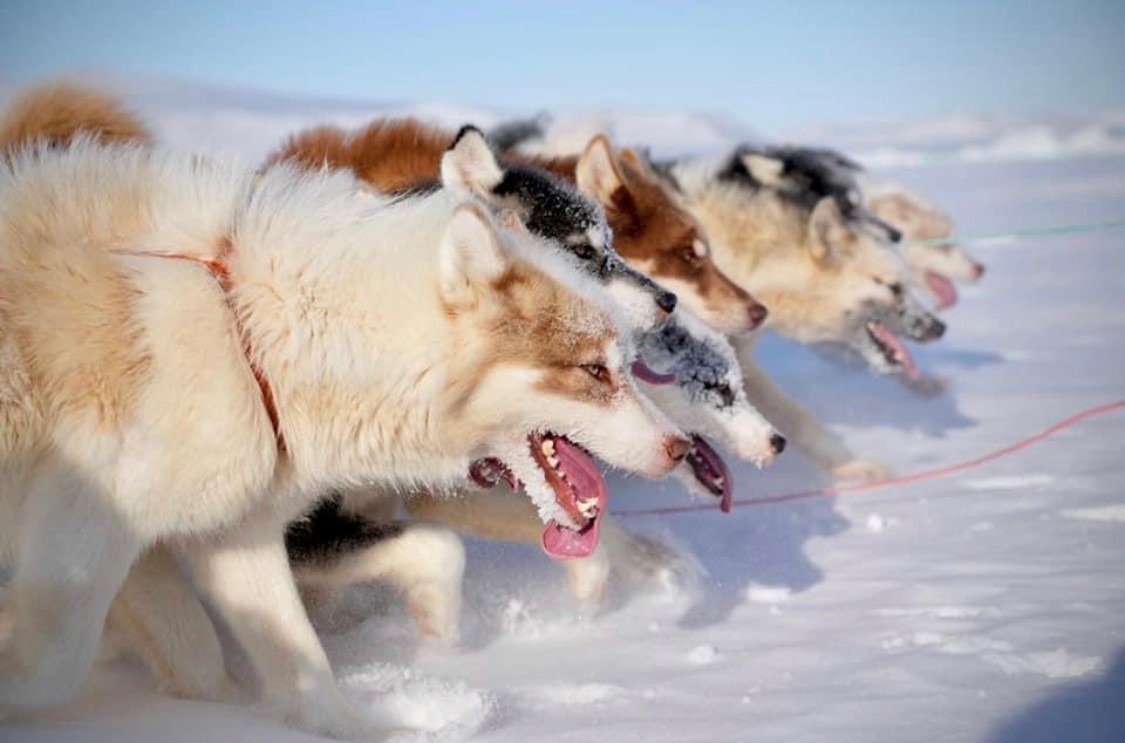Study reveals the crucial role of polar bear hunting dogs in a changing Arctic
A new study published in Arctic Science, A Study of Nanorriutit - Polar Bear Hunting Dogs in Avanersuaq, sheds light on the vital role of nanorriutit - specialized sled dogs used for polar bear hunting - in Greenland’s northernmost communities

A new study published in Arctic Science, A Study of Nanorriutit - Polar Bear Hunting Dogs in Avanersuaq, sheds light on the vital role of nanorriutit - specialized sled dogs used for polar bear hunting - in Greenland’s northernmost communities.
These dogs are more than just working animals; they are essential hunting partners that have supported hunters (piniartut) for centuries, ensuring survival in one of the world's harshest environments. However, today, this tradition faces increasing threats due to climate change, urbanization, and shifting lifestyles.
The study is based on interviews with thirteen cultural knowledge holders from the settlement of Savissivik and the town of Qaanaaq.
It highlights how the relationship between hunters, their dogs, and the natural environment is evolving. Traditional hunting practices are being challenged by declining sea ice and a decreasing number of young people choosing hunting as their livelihood.
"This is not just about sled dogs or hunting - it’s about documenting and preserving a unique cultural heritage that reflects humanity’s deep connection to nature," says Manumina Lund Jensen, author of the study. "Nanorriutit carry invaluable knowledge that has helped hunters survive under the most extreme conditions for centuries. As the Arctic changes, we risk losing both these traditions and the crucial insights they hold about sustainable living in harsh climates."
The study contributes to a broader global discussion on Indigenous knowledge, climate change, and cultural survival.
It underscores the urgency of documenting and protecting traditional practices before they disappear due to the impacts of modernization and environmental change.

Photographer: Josefin Kuschela
Read the full article in Arctic Science - The study is also available on ResearchGate.
For further information or media inquiries - please contact:
Manumina Lund Jensen at [email protected] or +299 48 52 00.












 FACEBOOK
FACEBOOK LINKEDIN
LINKEDIN Copy link
Copy link
